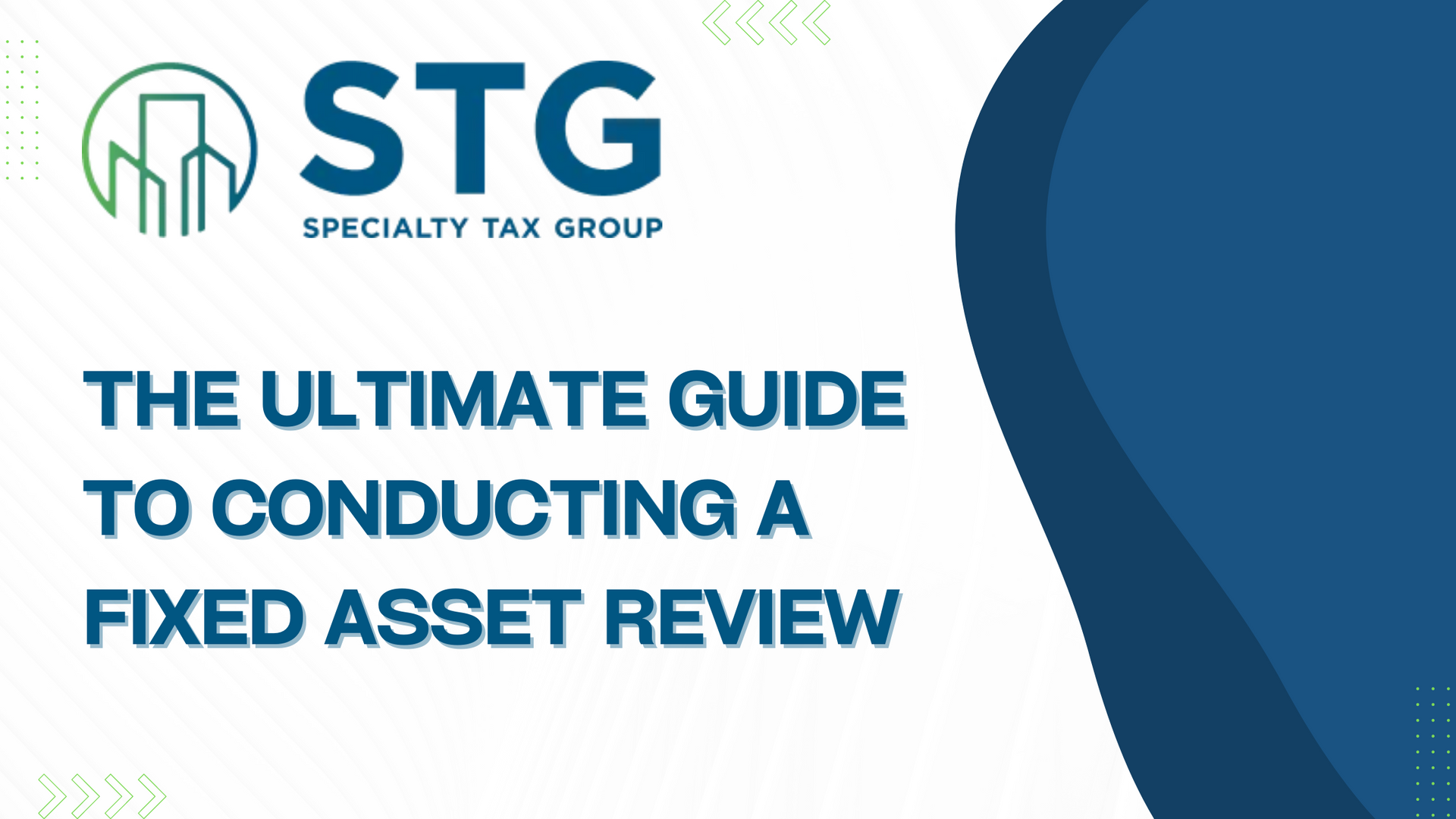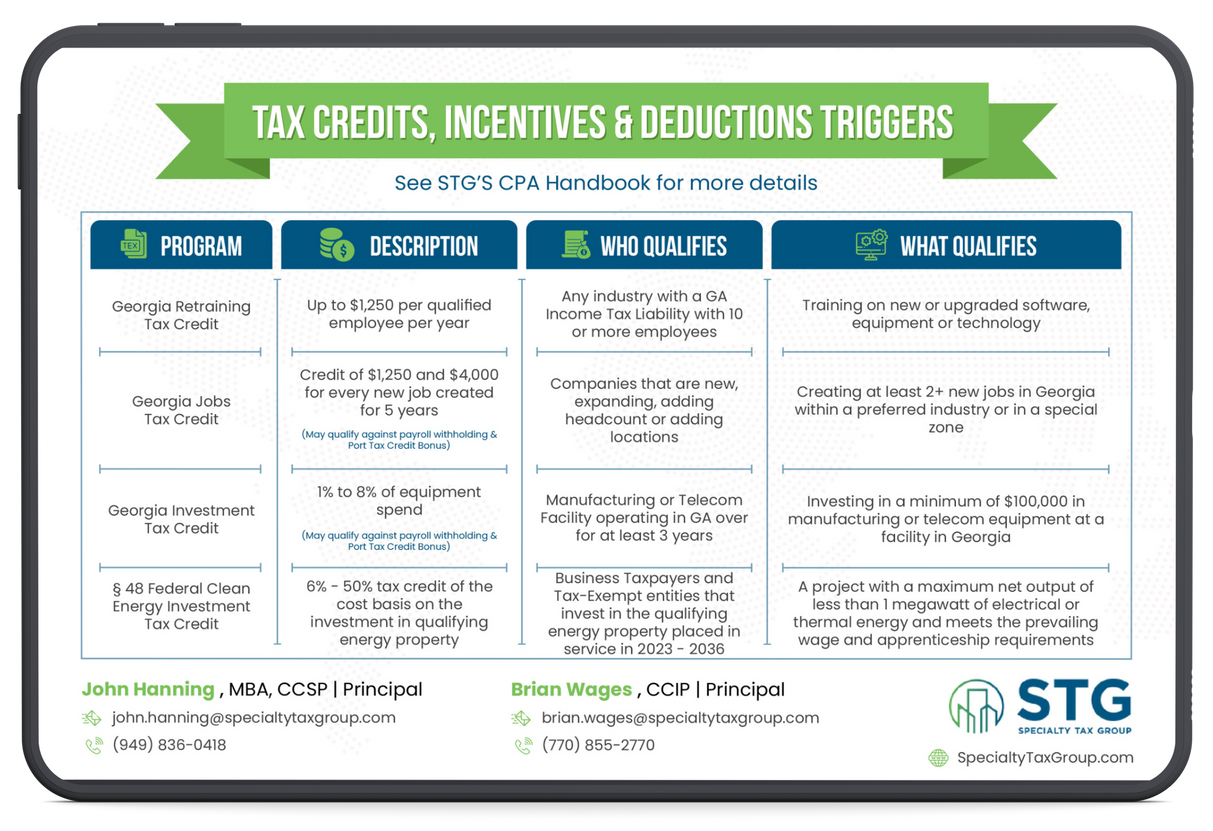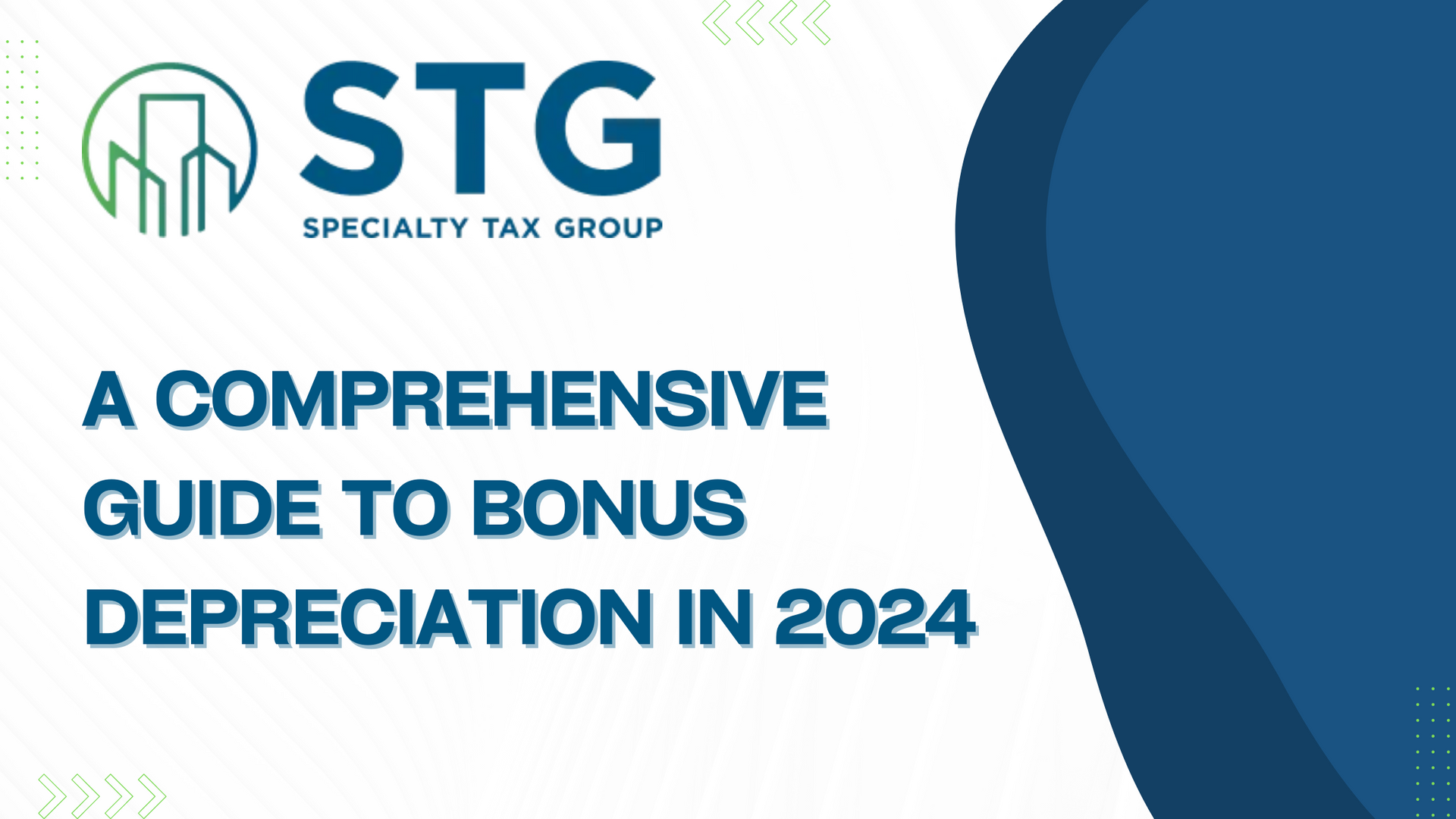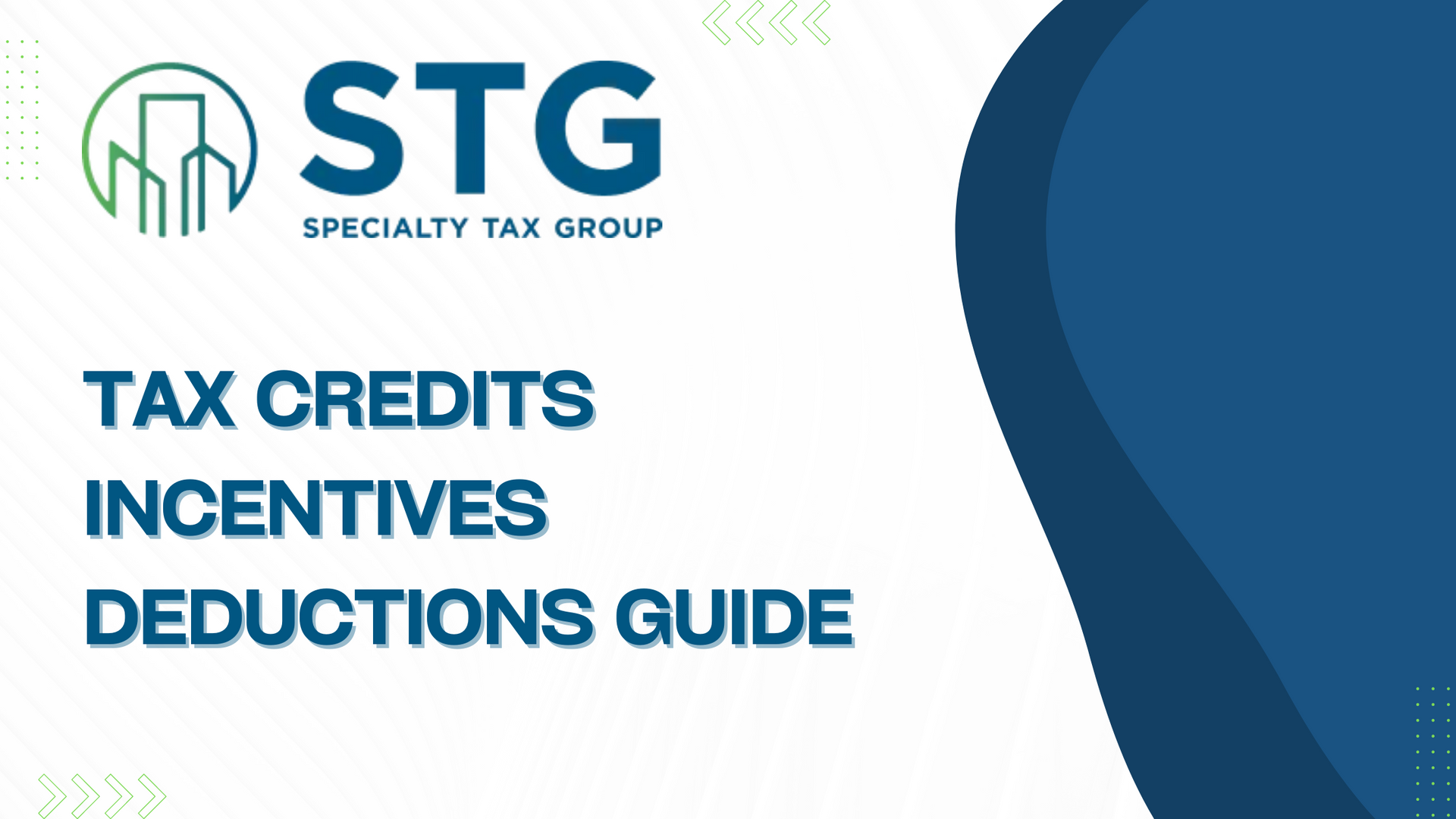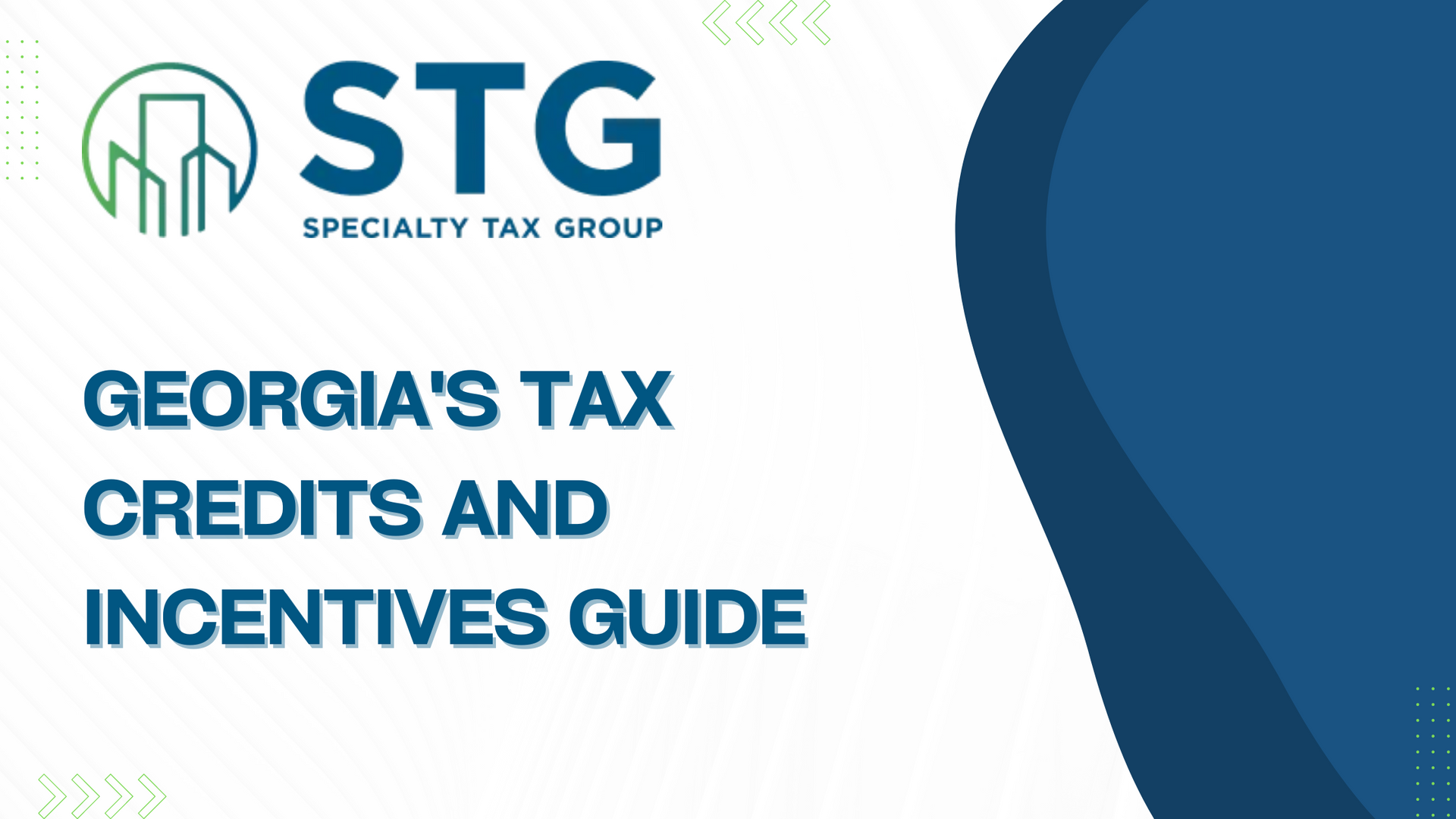This blog post has been researched, edited, and approved by John Hanning and Brian Wages. Join our newsletter below.
Newsletter Form
Thank you for joining our newsletter. We will email you the latest updates every other Thursday at 12pm.
Please try again later.
The Ultimate Guide to Conducting a Fixed Asset Review: Strategies and Benefits
In the field of asset management, conducting a comprehensive fixed asset review is crucial for optimizing financial strategies and ensuring compliance with various tax regulations. This guide dives into the strategies to efficiently review fixed assets and the benefits that come with it, focusing particularly on key tax depreciation terms and practices such as MACRS, Section 179, Bonus Depreciation, and rules regarding Qualified Improvement Property (QIP), Qualified Leasehold Improvements (QLI), and others.
Step 1: Understanding Key Definitions and Regulations
Before diving into a fixed asset review, it’s essential to understand the various terms and regulations that impact how assets are managed and depreciated.
Key Terms:
- MACRS GDS Recovery Period: This refers to the Modified Accelerated Cost Recovery System General Depreciation System, a method to recover costs over the asset's applicable life.
- Bonus Depreciation: Allows for a larger portion of depreciation to be deducted in the first year of service.
- Section 179 Deduction: Offers businesses a way to receive an immediate expense deduction (up to a certain limit) for purchasing qualifying business equipment.
Important Property Classifications:
- Qualified Improvement Property (QIP): Pertains to improvements made to the interior portion of a commercial building. Different rules apply depending on the year the improvements were placed in service. For instance, improvements from 2018 onward have a different set of benefits under code section 168(e)(6).
- Qualified Leasehold Improvements (QLI): These are improvements made under a lease by the lessee, sublessee, or lessor to an interior part of a non-residential building, as specified under various regulations for different periods.
Step 2: Conducting the Review
Collect All Relevant Data:
Gather all applicable documents and data related to your fixed assets. This includes purchase dates, costs, depreciation schedules, and tax reports.
Review Depreciation Schedules:
Examine the current depreciation schedules to ensure they align with the latest tax codes, such as the MACRS GDS recovery periods and bonus depreciation rates. This is crucial for maintaining compliance and optimizing tax benefits.
Identify Applicable Assets:
Determine which assets qualify for specific treatments like QIP, QLI, or Section 179 deductions. For instance, certain improvements to commercial buildings might be eligible for a 15-year straight-line depreciation under the QIP criteria from 2018 onward.
Step 3: Apply Special Rules and Updates
Updated Regulations:
Stay informed about the changes in tax laws such as the recent updates in bonus depreciation rates:
- Pre-2018: 50% bonus depreciation was common.
- Post-2017: Transitioned to 100% for certain periods, with future reductions scheduled beyond 2023.
Section 179 Deduction Limits:
Understand the maximum deduction and investment limits for each tax year. For instance, from 2018 onward, the Section 179 limit has been increased to $1,000,000 with an investment limit of $2,500,000, adjusted annually for inflation.
Leverage the 179 Expense:
Particularly for 2018 onward, improvements to non-residential real properties such as roofing and HVAC systems can be immediately expensed under the Section 179 deduction.
Step 4: Claiming Deductions
Order of Deductions:
To maximize tax benefits, claim the deductions in the following order:
- Section 179 Deduction
- Special Depreciation Allowance
- Regular Depreciation Allowance
This strategy ensures that the most beneficial deductions are applied first, potentially lowering the tax burden more effectively.
Benefits of a Fixed Asset Review
Financial Clarity:
Provides a clear picture of asset values and depreciation, crucial for financial reporting and strategy planning.
Tax Efficiency:
Ensures that all eligible tax reliefs are claimed, thus optimizing the company’s tax position.
Compliance:
Maintains adherence to changing tax laws and regulations, avoiding costly penalties and ensuring accurate reporting.
Conclusion
A thorough fixed asset review is not just a compliance exercise; it’s a strategic tool that can significantly impact your company’s financial health. By understanding and applying the intricate rules of asset depreciation, businesses can make informed decisions that lead to substantial financial benefits.
Contact us here if you need any help with your fixed asset review.
2024 Tax Guide
Ready For A Conversation?
Contact us today and our friendly team will reach out as soon as possible.
Our Recent Posts
Read Our Blogs
All Rights Reserved | Specialty Tax Group | Powered by Automationlinks | Privacy Policy

